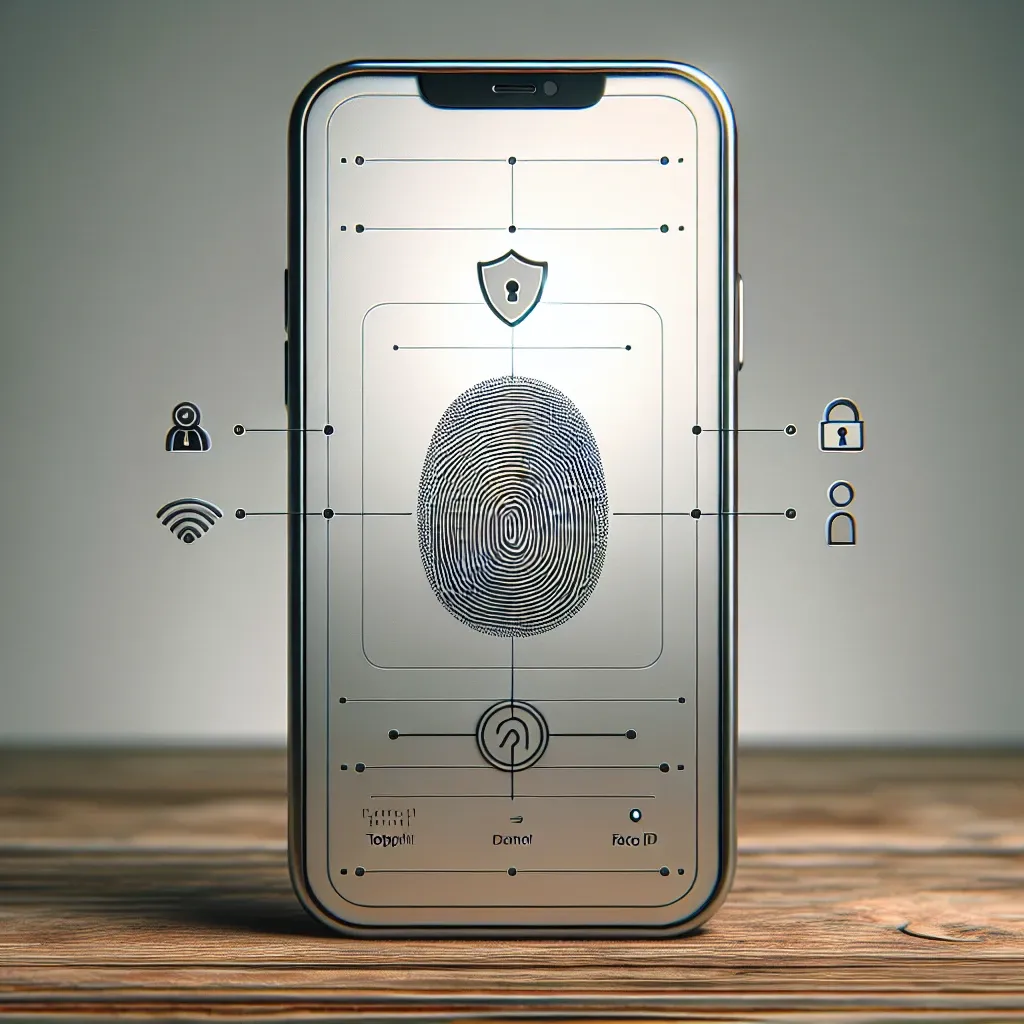With the increasing amount of personal data stored on smartphones, security has become a paramount concern for users. In response to this, Apple has developed innovative biometric security features, namely Face ID and Touch ID, to enhance the security of their iPhones.
Face ID
Face ID is Apple’s facial recognition technology introduced with the iPhone X. It uses the TrueDepth camera system, which includes sensors and a dot projector, to map and analyze the unique facial features of the user. This technology creates a detailed 3D facial map, which is securely stored in the device’s Secure Enclave.
When a user unlocks their iPhone using Face ID, the facial recognition system matches the live scan of their face with the stored facial map. This process is seamless and instantaneous, providing a convenient and secure way to unlock the device. Face ID also adapts to changes in the user’s appearance over time, such as hairstyles, facial hair, and glasses.
Touch ID
Touch ID, introduced with the iPhone 5S, is Apple’s fingerprint recognition technology. It uses a capacitive ring embedded in the Home button to capture the unique patterns of the user’s fingerprint. This information is encrypted and stored in a secure enclave within the device.
By applying a finger to the Home button, users can unlock their iPhone and authenticate various actions, such as App Store purchases, without the need for a passcode. Touch ID is not only fast and accurate but also offers an additional layer of security by requiring the user’s physical presence.
Advanced Security Features
Both Face ID and Touch ID offer advanced security features that make them reliable and secure authentication methods. These features include:
- Secure Enclave: The biometric information collected by Face ID and Touch ID is securely stored in a dedicated chip called the Secure Enclave. This chip is separate from the rest of the device’s system, providing an additional layer of protection against tampering.
- Two-Factor Authentication: Face ID and Touch ID can be used together with a passcode or password for enhanced security. This two-factor authentication ensures that even if someone gains access to your biometric data, they would still need the passcode to unlock the device.
- Data Protection: Face ID and Touch ID are integrated with Apple’s Data Protection feature, which encrypts the user’s personal data stored on the device. This ensures that even if someone bypasses the biometric authentication, they would not be able to access the encrypted data without the passcode.
Conclusion
Face ID and Touch ID have revolutionized iPhone security by providing users with advanced biometric authentication methods. These features offer convenience and reliability while ensuring the protection of personal information. With the secure enclave, two-factor authentication, and data protection, Apple has taken significant steps to safeguard user data and address the increasing concerns surrounding smartphone security.

